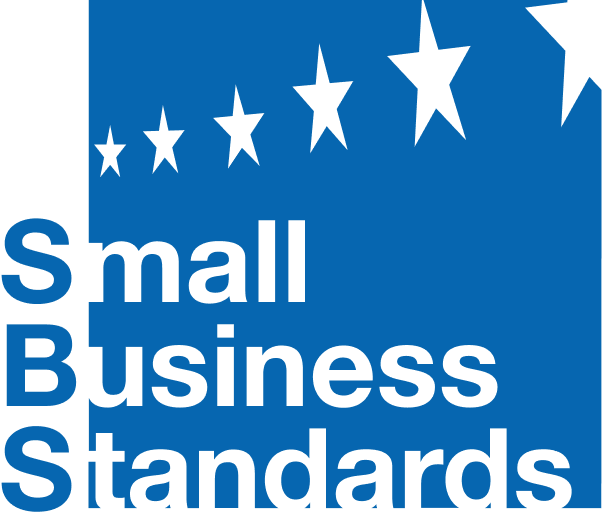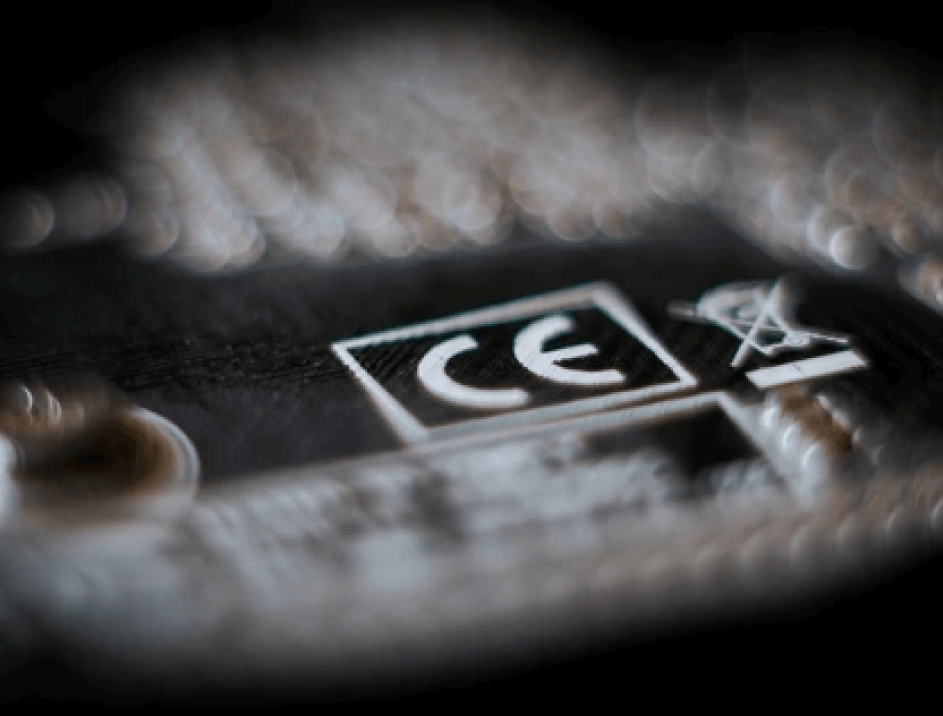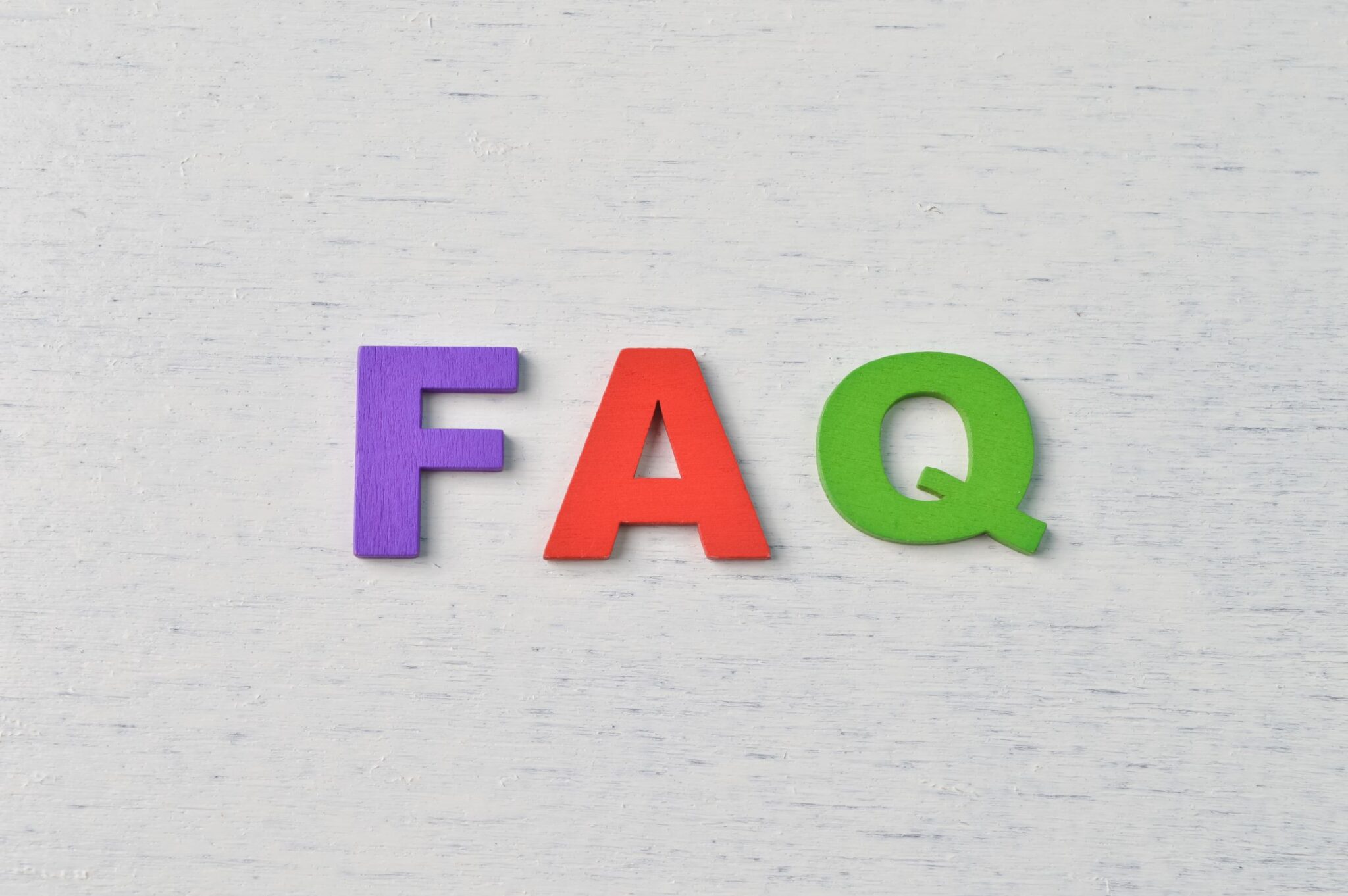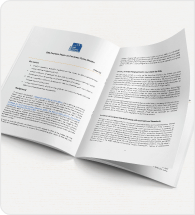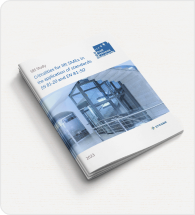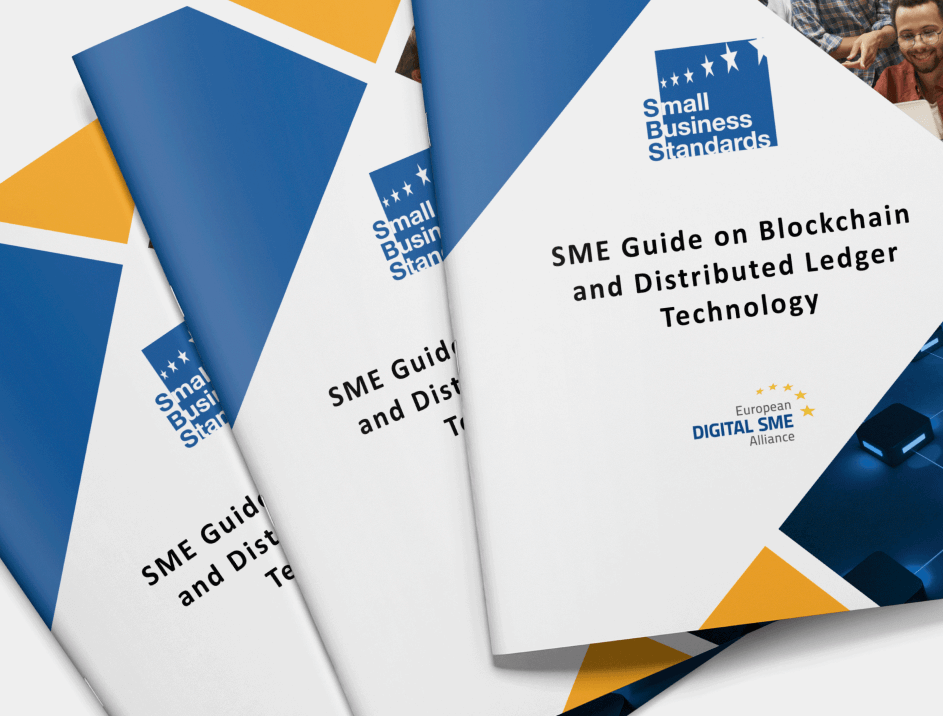Background
Several examples collected and assessed by Small Business Standards (SBS), show clear evidence of several European Assessment Documents (EADs) referring to design information that may conflict with Eurocodes. Currently, no mechanism or procedure exists to avoid these overlaps and inconsistencies. This is due to the fact that CEN and EOTA are two different organisations, and work with different purposes. Whilst the CEN structure can put in place discussion and liaisons between Technical Committees, the EOTA work is carried out for single products and needs to be carried out under confidentiality.
These conflicts are detrimental for SMEs, because they weaken the credibility of the European technical organisations at the European and international level.
With this position paper SBS addresses the European Commission and both European technical institutions CEN and EOTA, with the aim to raise awareness and to tackle a topic that strictly affect the good functioning of the CPR and related standards, even if it cannot be formally addressed under the CPR revision.
Proposals
For this reason, SBS would like to stress that:
• The Eurocodes (European design standards produced by CEN TC 250) are the main tool to express European design;
• In case a voluntary EOTA CE marking for single products implies the need for a tailored design in form of a EOTA Technical Report, its content should not be in conflict or have
inconsistencies with the Eurocodes design;
• Rather than addressing inconsistencies once they are in place, these need to be avoided, through dialogue between the two technical organisations and a through a wellestablished mechanism of systematic control at CEN level;
• A procedure is needed to ensure that properties listed in Eurocodes, and the related references to CEN and EOTA test and assessment methods, are coherent and are
considered to satisfy CEN TC 250 ‘Structural Eurocodes’ design provisions (either a harmonised standard (hEN), or a European Standard (EN), or an EAD, or both an EAD and a hEN if the methods are coherent).
• In case the same properties/characteristics are covered both by a hEN and an EAD, Annex M of the Eurocodes should clearly report the correct reference to avoid coexistence,
hence conflicts.
• In case Annex M does not spot/tackle a coexistence of two parallel methods CEN-EOTA, or when Annex M does not find any of them satisfying, a liaison between the Eurocodes, the CEN TCs dealing with the product standard/s and EOTA is needed to solve this potential conflict. However, today this liaison is complicated by the confidential nature of
EADs.
This topic needs to be clearly addressed by a cooperation between CEN TC 250 ‘Structural Eurocodes’ and the EOTA.
